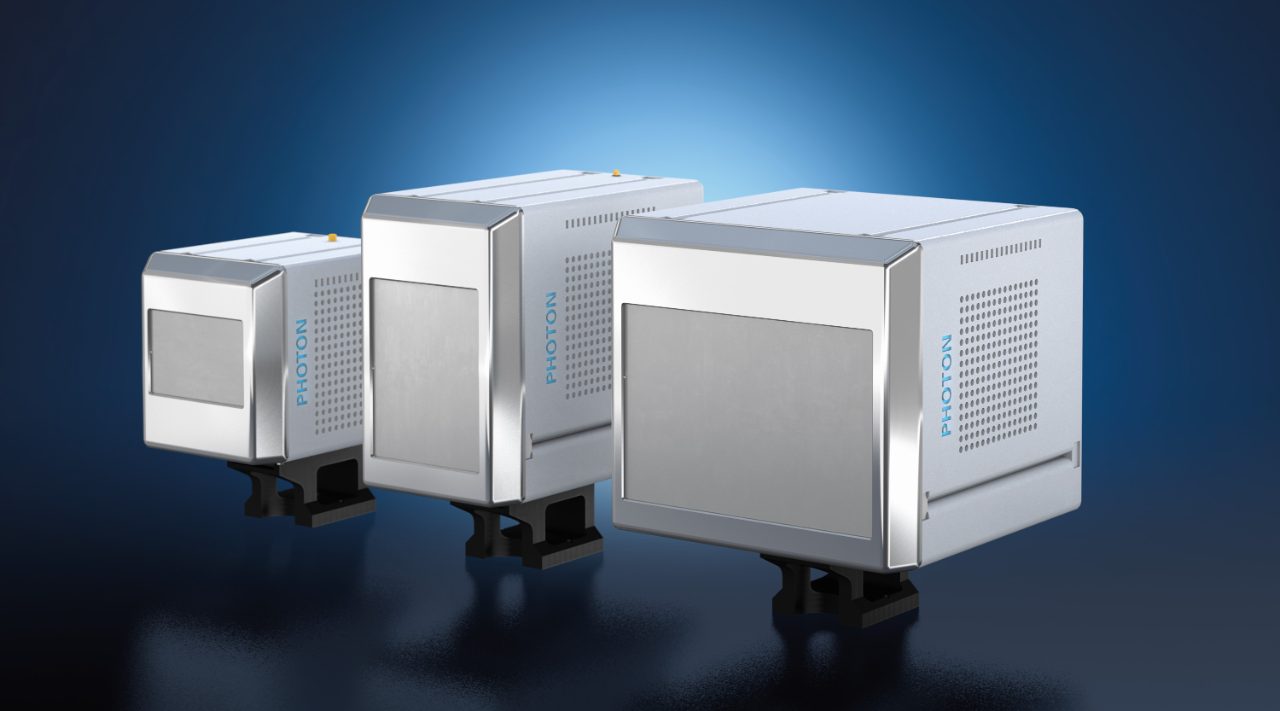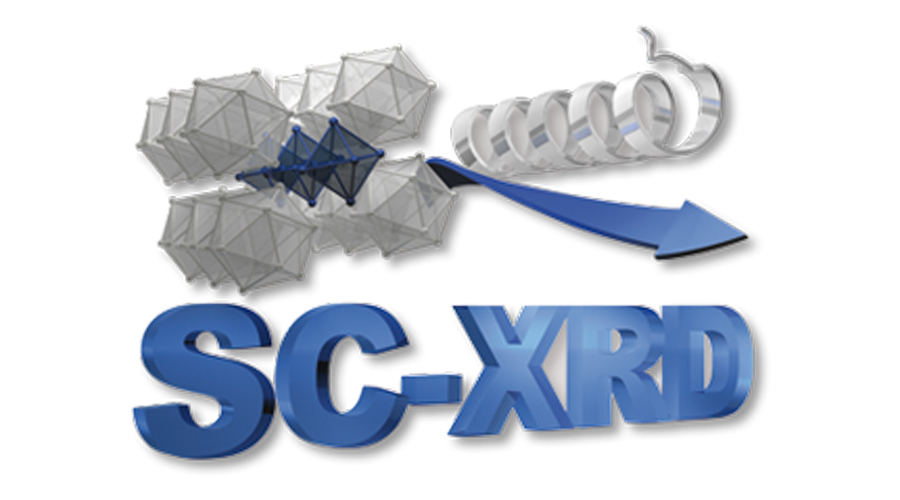単結晶装置向け検出器
結晶学用途向けの検出器には、感度、速度、ダイナミックレンジ、分解能、検出器サイズのユニークな組み合わせが求められます。ブルカーでは万能型アプローチを採らないため、PHOTON IVシリーズでは様々なサイズの単結晶XRD(SC-XRD)検出器を提供しています。PHOTON IV検出器を使用すれば、超高輝度X線源の性能を最大限に活用できます。
当社の単結晶X線回折用検出器はすべて、独自の空冷設計を採用。究極の利便性と信頼性を実現し、他社に類を見ない3年間の検出器保証が付帯します。
PHOTON IV Series Detectors for Unrivaled Data Quality
The new PHOTON IV detector represents a significant milestone in X-ray detector technology. It is the choice for researchers and professionals in crystallography who require accurate, precise, and reliable detection of X-ray diffraction signals for their crystallographic analysis. The PHOTON IV features a large active area, unprecedented sensitivity, and a high dynamic range, all achieved by utilizing the best scientific-grade CMOS active pixel sensors available.
- Using proven principles of indirect detection along with a sensor with an ultra-low noise floor, the PHOTON IV elevates X-ray diffraction to a new level of precision and accuracy, all while offering ease of use and reliability.
- Enhanced Dynamic Range allows for the simultaneous measurement of strong and weak reflections in the same image.
- Superior High Frame Rate: even more accurate detection of weak and strong reflections.
- Superb Count Rate Linearity: Data measured on the PHOTON IV are ultimately accurate, critical for highly demanding applications.
- Best Efficiency for All Wavelengths (In, Ag, Mo, Ga, Cu) and All Applications.
- Not a single photon lost: large monolithic sensor, no gaps, no blind spots.
Available in D8 QUEST ECO, D8 QUEST and D8 VENTURE our fourth-generation PHOTON detector brings a whole series of features and benefits compared to established detectors.
With its higher dynamic range, improved frame rate, minimal dark current, enhanced cooling system, high sensitivity, and superior linearity, the PHOTON IV detector offers unparalleled performance and reliability. These advancements make it an invaluable tool for researchers and professionals who demand the highest quality data and operational efficiency.
Large Active Area
The PHOTON IV detector is available with large active area in two versions tailored to your specific application needs. The PHOTON IV 8 has an active area of 111 × 72 and the PHOTON IV 16 features an active area of 111 × 145 mm2.
The PHOTON IV detector brings X-ray diffraction to the next level of precision and accuracy combined with ease of use and reliability.
Mixed-Mode Detection: Accuracy at Every Photon Level
Unlock the full potential of X-ray detection with mixed-mode technology, which combines photon-counting and integrating modes for unmatched sensitivity, dynamic range, and speed. Our advanced detectors excel at capturing faint signals with photon counting, while also efficiently handling intense exposures in integration mode. Experience crystal-clear results with accuracy, precision, and efficiency. Enhance your research and diffraction capabilities with the next generation of X-ray detection.
PHOTON IV 8
リソース
ブローシャー・ケーススタディ・プロダクトシート
テクニカルノートとアプリケーションノート
- X-ray Detectors for Home Laboratory Macromolecular Crystallography: Does Size Matter?
- Good, Better, Best: Photon Counting, Integration and Mixed-mode Detection
- Advanced Large Area Indirect X-ray Detectors
- Charge Sharing in Pixel Array Detectors: Origins, Impact on Data Quality and Solutions
- New Developments in Pixel Array Technology: Hybrid Photon Counting and Charge-Integrating Pixel Detectors
サービス&サポート
- ヘルプデスク‐ハードウェア、ソフトウェア、アプリケーションの技術的な問題を、ウェブベースおよび高度なリモートサービスツールでサポート
- LabScape 保守サービス契約
- オンサイトおよびオンデマンド・サポート
- 設置および操作の適格性確認と性能検証
- 設置場所計画、移転、コンサルティング
- 交換部品、スペア部品、消耗品、対面およびオンライン・トレーニング
- ソフトウェアアップデート、マニュアル、LabScape MSA管理 (brukersupport.com)


